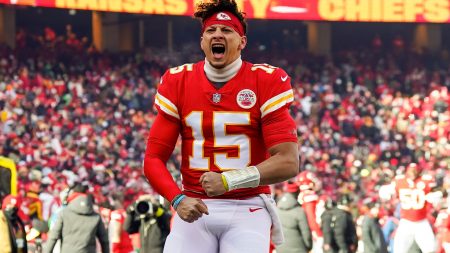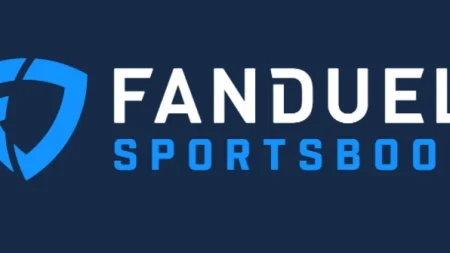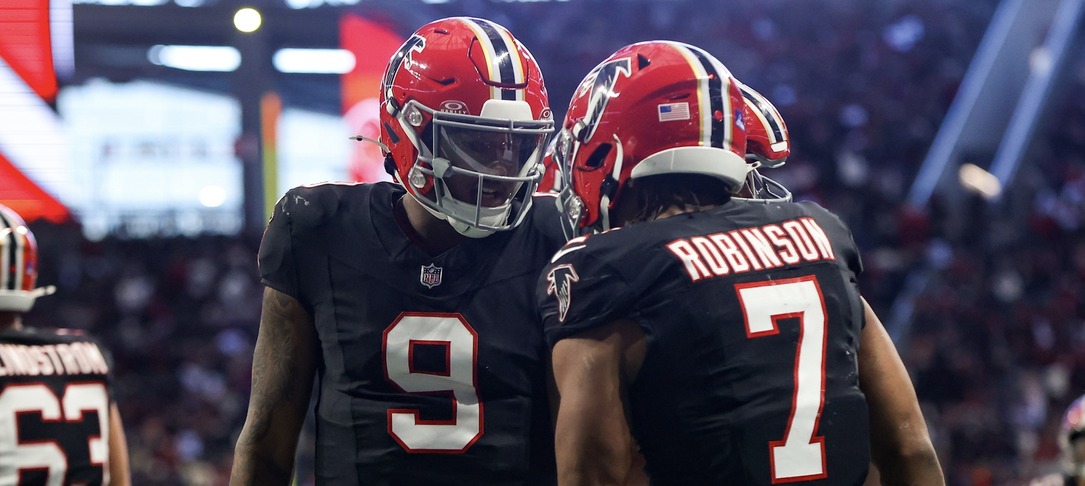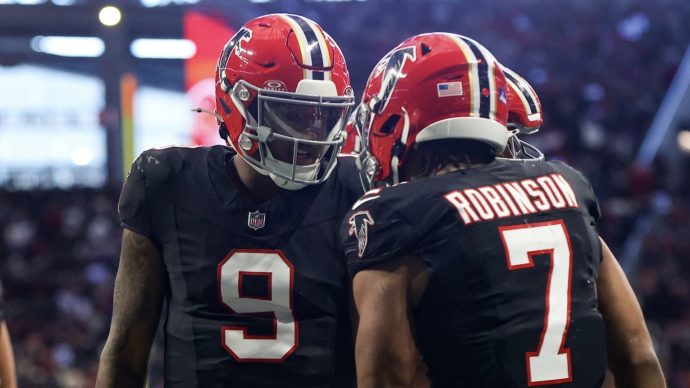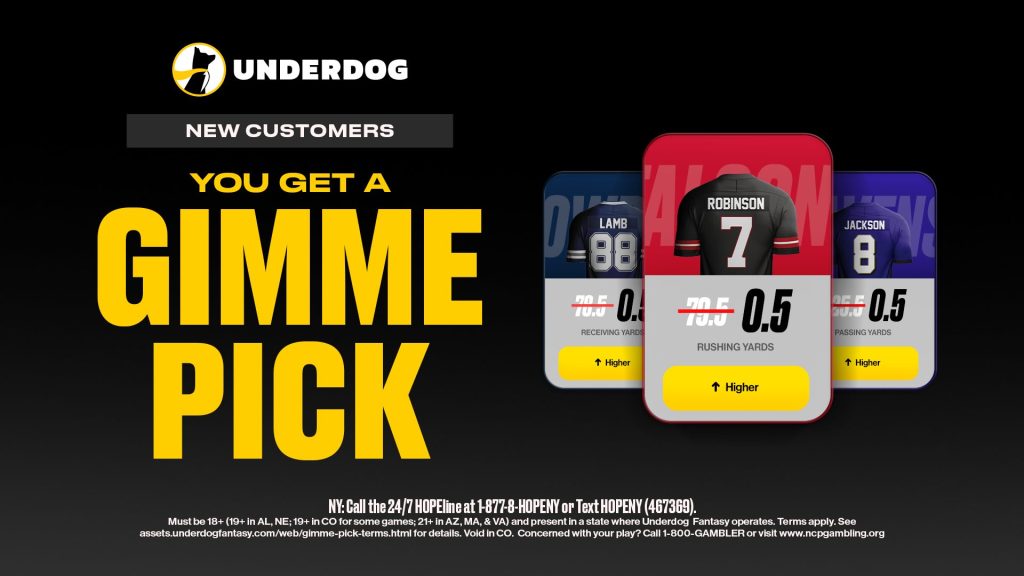What is a moneyline bet? A moneyline bet is the simplest way to bet on sports. Moneyline bets simply require that you pick a team or individual to win the game/match/event, with no point spread or any other correlation to margin of victory involved.
Sportsbook odds determine the potential payout on a moneyline wager. The payout on the moneyline varies from bet to bet, and the lines on moneyline wagers are usually notated in American odds format.
Moneyline favorites payout at less favorable odds than moneyline underdogs. The more a team is favored in the eyes of the sportsbook, the less money you’ll make if you pick the favorite and your team wins.
Conversely, major underdogs can pay out big on the moneyline if that team ends up as the winning bet. In general, moneyline bets offer a much broader range of payout odds than point spread bets.
The latest in this series of Props.com betting guides offers a detailed look at how moneyline bets work. Understanding moneyline odds provides a key building block to an overall winning strategy for sports bettors.
Top Sportsbook/DFS Picks in All States


How Does The Moneyline Bet Work?
Most moneyline wagers involve a contest between two teams. One team is the favorite, and the other team is the underdog.
The favorite is the team that the sportsbook presents as having the better chance to win the game. The potential payout on a favored team will be less than the payout on the underdog.
The underdog is the team that the sportsbook presents as having a lesser chance of winning the game, and will come with a greater potential payout.
On some occasions, the two teams are so closely matched that the sportsbook presents both teams at the same odds on a moneyline bet. This situation is known as a “pick’em.”
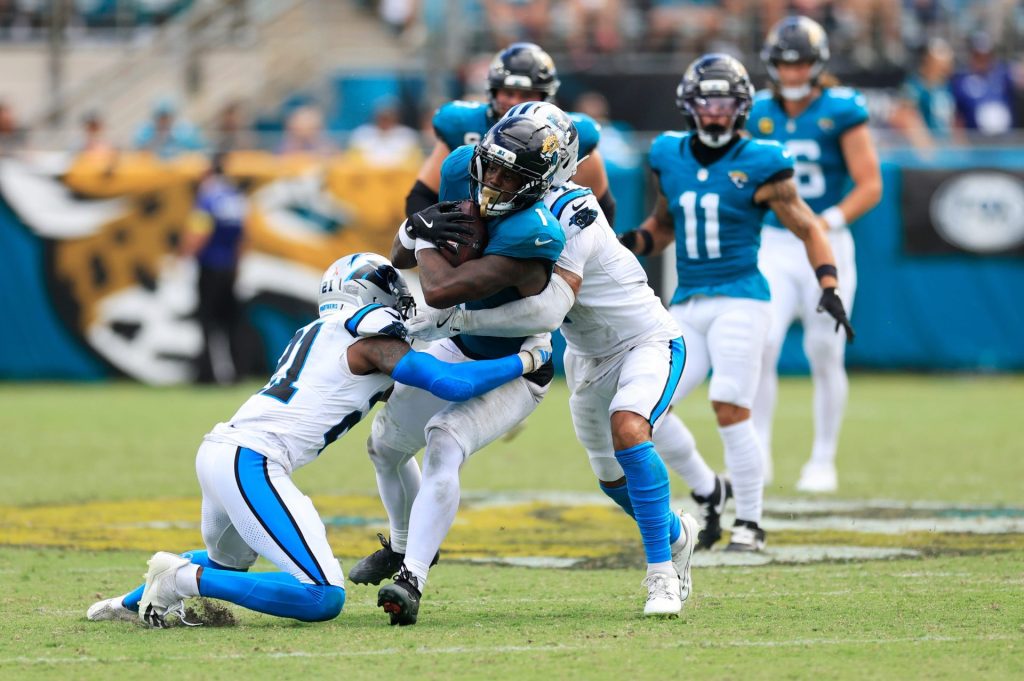
Favorites
A moneyline favorite is the team that a sportsbook presents as having a better chance than the opposing team to win a game. Some moneyline bets present an obvious favorite, while others present a closer matchup between the favored team and the underdog.
The favored team on the moneyline is denoted by negative odds in terms of American odds notation. If one team has a minus sign in front of its moneyline odds, and the other has a plus sign before its moneyline odds, the team with the negative odds is the favorite.
Let’s take a look at real-life sports betting odds from Caesars Sportsbook for an example of a moneyline betting favorite.
- Pittsburgh Steelers (+230)
- Cincinnati Bengals (-280)
For this AFC North divisional rivalry game, the Cincinnati Bengals are installed at negative odds of (-280), and the Pittsburgh Steelers are offered at positive odds of (+230).
The defending AFC champion Bengals represent the moneyline betting favorite in this game. To calculate any sports betting odds that begin with a minus sign, you can use the following formula:
American Odds Formula For “-” Odds
(100/odds)*(amount of bet)
Suppose we bet $100 on the Bengals at (-280) moneyline odds. Let’s insert those numbers into this formula:
(100/280)*($100)
Note that you don’t include the minus sign with the odds when using this negative odds formula. The payout on a $100 wager at (-280) odds comes out to:
(.357)*($100) = $35.71
A $100 bet at (-280) pays $35.71 if you win. The sportsbook would return $135.71 total to the bettor in this case ($35.71 profit plus the original $100 bet).
Another way to look at negative American odds – for this bet you would have to bet $280 to win $100 profit at -280 moneyline odds.
Underdogs
Now let’s look at how to calculate moneyline odds for the Pittsburgh Steelers, the NFL team on the underdog side of this wager.
With the Steelers listed at (+230) moneyline odds for this game, here’s how to calculate a winning bet on Pittsburgh. American odds notation bets that contain positive odds can be broken down with the following formula:
American Odds Formula For “+” Odds
(odds/100)*(amount of bet)
Inserting the (+230) moneyline odds on the Steelers yields this answer for a $100 wager:
(230/100)*($100)
Like the favorite odds formula, you always insert the odds as a positive number. Placing (230) in this formula gives us:
(2.3)*($100) = $230
Any $100 winning bets on Pittsburgh would pay out $230 in profit. The sportsbook would return $330 total to the bettor ($230 profit plus the $100 original bet).
Another way to look at “+” moneyline odds; a (+230) line means you would have to bet $100 to win $230 profit on the bet.
Pick’em
Some moneyline betting opportunities don’t include a favorite or an underdog. For example, here’s a look at another line from Caesars Sportsbook.
- Buffalo Bills (-110)
- Los Angeles Rams (-110)
In the marquee matchup, the AFC powerhouse Buffalo Bills visit the Super Bowl 56 champion L.A. Rams.
Note that Caesars Sportsbook lists both teams at (-110) on the moneyline. Neither team is a favorite or an underdog in this scenario.
With both teams offered at identical odds, this game is known as a pick’em in the world of sports betting. The payout calculation for a $100 winning wager on either team would be as follows, using our formula for negative American odds:
(100/110)*($100)
Which equates to:
(.909)*$100 = $90.90
Betting $100 on either the Bills or Rams yields a $90.90 payout for bettors on the winning team. The sportsbook would return $190.90 to the bettor, $90.90 profit plus the original $100 bet.
Top Sportsbook/DFS Picks in All States


Moneyline Betting And Implied Probability
All moneyline betting odds come with a built-in factor known as implied probability. You can apply the implied probability formula to any money line bet opportunity and translate each teams odds into each team’s implied probability of winning based on the sportsbook’s given moneyline.
Let’s plug in the odds from the Steelers vs. Bengals matchup and get the probability of winning that Caesars Sportsbook is implying for each team.
The implied probability formula for negative number American odds notation looks like this:
Implied Probability Formula For “-” American Odds
odds/(odds+100)*100
We’ll start with the favored Bengals at (-280) from the above example:
280/(280+100)*100
Which calculates to:
280/380*100
That translates to:
0.7368*100 = 73.68%
The sportsbook’s assigned moneyline odds of (-230) imply a 73.68% chance of winning for the Bengals. If you think that the chances that Cincinnati would win the game are higher than 73.68%, the Caesars Sportsbook line presents value.
You can calculate implied probabilities on positive number moneyline betting odds with a similar formula:
Implied Probability Formula For “+” American Odds
100/(odds+100)*100
Let’s plug in the (+280) moneyline odds for the underdog Steelers:
100/(280+100)*100
This translates to:
100/380*100
The above calculation ends up as:
0.2361*100 = 23.61%
Moneyline underdogs at (-280) have a 23.61% implied probability of winning.
Note that adding the implied probabilities for Cincinnati (73.68%) and Pittsburgh (23.61%) add up to less than 100% (73.68+23.61) = 97.29%. The remaining 2.71% represents the house edge (aka juice or vig) on the bet.
Moneyline Odds Vs. Point Spread Betting
Keep in mind that money line bets are always a wager on the straight-up winner of a game. If you bet the Bengals on the moneyline and they win, you win the bet whether Cincinnati wins by three points or by 30.
A point spread bet, on the other hand, depends entirely on the margin of victory from the game. Let’s take another look at the Caesars Sportsbook line from the Steelers-Bengals matchup:
- Pittsburgh Steelers +6.5 (-110)
- Cincinnati Bengals -6.5 (-110)
The point spread is 6.5 on this game, with both the favored Bengals and underdog Steelers paying at (-110) (bet $110 to win $100) odds. That payout is typical for an NFL point spread, with both teams paying close to even money.
The moneyline and the point spread on given betting options are always correlated, as bigger favorites on the moneyline will always also be bigger favorites in the points spread. If the Bengals line moves to (-350), you can expect the point spread to move up from (-6.5) as well.
Moneyline bets allow you to win more money on a single bet (on a winning underdog wager) when compared to point spreads. A moneyline market also allows bettors to place “safer” bets on the favorite, albeit with lesser payouts.
In states with access to multiple top sportsbooks, you can always engage in line shopping in an effort to find the best odds on a chosen game.
For example, when looking at baseball moneylines, you might find the New York Yankees at (-160) at one sportsbook, but at a more favorable (-140) at another.
Best Online Sports Betting Bonuses In The U.S.
- Can You Bet On Sports In California?
- Top Colorado Online Sportsbook Promos
- Top Illinois Online Sportsbook Promos
- Top Indiana Online Sportsbook Promos
- Top Michigan Online Sportsbook Promos
- Top Pennsylvania Online Sportsbook Promos
- Top Virginia Online Sportsbook Promos
- Top Massachusetts Online Sportsbook Promos
- Top Tennessee Online Sportsbook Promos
- Top New York Online Sportsbook Promos
- Top New Jersey Online Sportsbook Promos
- Top Maryland Online Sportsbook Promos
- Top Ohio Online Sportsbook Promos
- Top Arizona Online Sportsbook Promos
Be sure to check out the entire library of Props.com Betting 101 guides, linked here:
- Guide to Reading Sports Betting Odds
- Guide To How to Bet on the NFL
- Guide to Parlay Bets
- Guide To Live Betting
- Guide To Super Bowl Squares
- Guide To Best Sportsbook Bonuses
- Guide To Daily Fantasy Sports Tips
- March Madness Bracket Tips
- Guide To College Basketball Betting
- Mobile Vs. Online Sportsbooks
- Sports Betting Tips Guide
- Guide To NBA Betting
- Legal Sports Betting States Guide
- Guide To Parlay Betting
- Guide To Prop Betting
- Guide To Moneyline Betting
- Guide To Over/Under Betting
- Guide To Futures Betting
Top Sportsbook/DFS Picks in All States


Moneyline Sports Betting FAQ
What does a -200 moneyline mean?
A (-200) when you bet on the moneyline means you would have to bet $200 to win $100. Any American odds betting notation that begins with a “-” means you would have to bet that amount to win $100.
For example, a $200 bet on the Kansas City Chiefs at (-200) moneyline odds would return $300 total to the bettor ($100 profit plus the original $200 bet).
What does a -200 moneyline mean?
A (-200) on the moneyline means you would have to bet $200 to win $100. Any American odds betting notation that begins with a “-” means you would have to bet that amount to win $100.
For example, a $200 bet on the Kansas City Chiefs at (-200) moneyline odds would return $300 total to the bettor ($100 profit plus the original $200 bet).
Can you put moneyline bets in a parlay?
Yes. You can put together a moneyline parlay in combination with other moneyline wagers, points spreads, over/under bets, and many other betting types.
If you’re betting at a big-name online sportsbook, you can also bet the moneyline as part of a same-game parlay. A same-game parlay allows you to make a parlay bet out of different betting markets from the same game.
For example, a same-game parlay bet could include the moneyline, point spread, and over/under from the Steelers-Bengals in the above example.
Is it better to bet moneyline or spread?
The moneyline and the point spread are the two most popular ways to bet on sports. Neither is necessarily better than the other, but it’s important to understand the role of both in a winning betting strategy.
Moneyline bets allow bigger potential payouts (on big underdogs) and safer, albeit lower-paying bets on massive favorites. Point spread bets are generally close to even-money wagers on the NFL (or college football) and NBA (or college basketball), and usually don’t divert too much farther than even money in other sports.
Moneyline bets are straight-up wagers on which team will win the game, no matter how much either team scores or wins by. Points spreads explicitly depend on margin of victory, with payouts tied into how each team performs on the scoreboard.
What does a “+” moneyline bet mean?
A “+” in moneyline odds notation indicates the underdog in a matchup of two teams. The number that follows the “+” indicated how much you would win if you bet $100 on that line.
For example, a $100 bet on the New England Patriots (+280) odds would win $280. The sportsbook would return $380 to the bettor, $280 profit plus the original $100 bet.
What does a “-” moneyline bet mean?
A “-” in moneyline odds indicates the favorite in a matchup of two teams. The number that follows the “-” indicated how much you would have to bet to win $100 on that line.
For example, if you bet on the Golden State Warriors at (-230) odds, you would have to wager $230 to win $100. The sportsbook would return $330 to the bettor, $100 profit plus the original $230 bet.



